
Plants are full of biochemical potential. Today in GigaScience, we publish an article that presents a searchable library of spectra and molecules found in a collection of 1,600 plant extracts.

Plants are full of biochemical potential. Today in GigaScience, we publish an article that presents a searchable library of spectra and molecules found in a collection of 1,600 plant extracts.

The Center for Antibody Technologies headed by Professor Andreas Laustsen-Kiel (Technical University of Denmark) used high-throughput methods to systematically analyze the venoms of the 26 most deadly snakes in sub-Saharan Africa. The results are now published in Gigascience . Each year, around 500,000 people in sub-Saharan Africa suffer from snake bites, causing an estimated 7,000 to 20,000 deaths.

UPDATE: The deadline for the call has been extended until the 30th June.
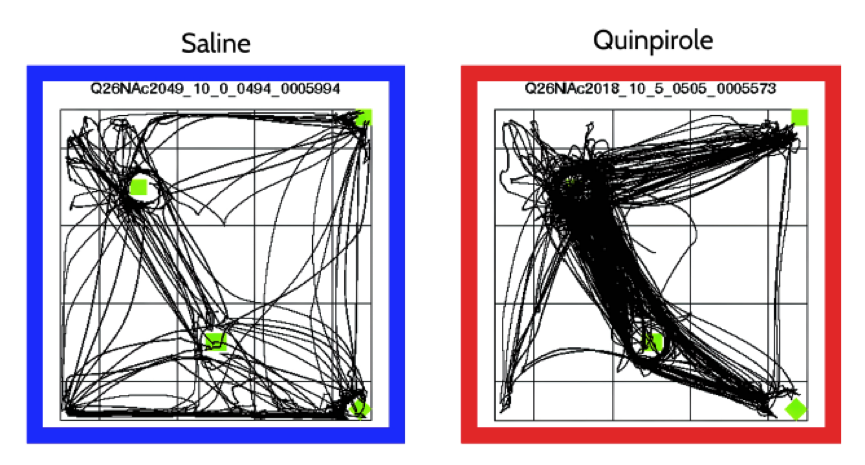
A study published in GigaScience provides an enormous amount of behavioural science data, presented in a detailed videographic virtual library, that was used to explore Obsessive-Compulsive Disorder (OCD) in an animal model.

Citizen Scientists collect and share enormous amounts of data on invasive mosquitoes from the Mosquito Alert project as part of our GBIF and WHO-supported series on vector-borne diseases. Just out in GigaByte is the latest data release from Mosquito Alert, a citizen science system for investigating and managing disease-carrying mosquitoes, and is part of our WHO-sponsored series on vector borne human diseases.

We have a Q&A with author Tom Edinburgh from the University of Cambridge on his new GigaByte paper presenting Sepsis-3 criteria in AmsterdamUMCdb, which is one of the largest freely accessible Intensive Care database in Europe.
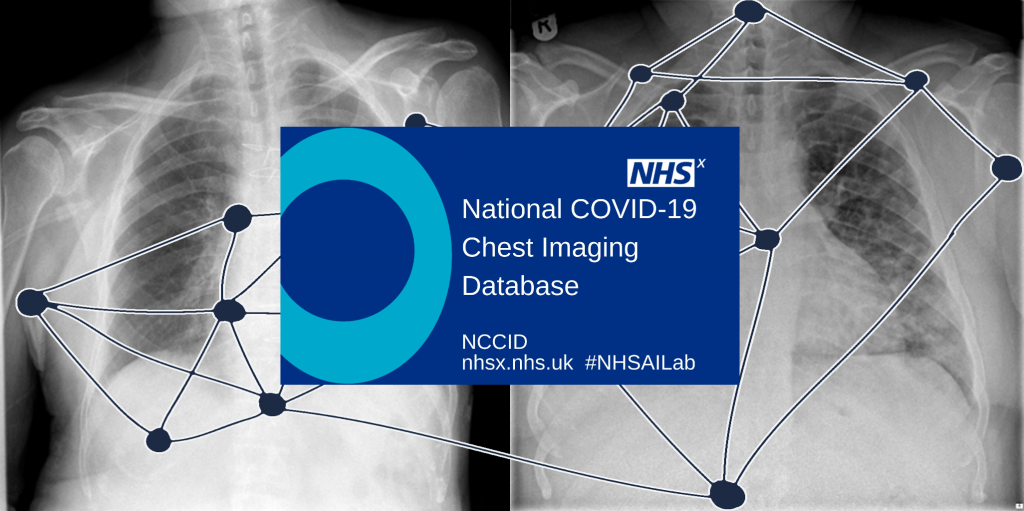
Published today in GigaScience is a Data Note describing the National COVID-19 Chest Imaging Database (NCCID), a centralised database containing chest X-rays, Computed Tomography (CT) and MRI scans from patients across the UK. Utilising the UK National Health Service’s unique position as the world’s single largest integrated healthcare system, the benefits of collecting chest imaging data this large are extensive and already being used
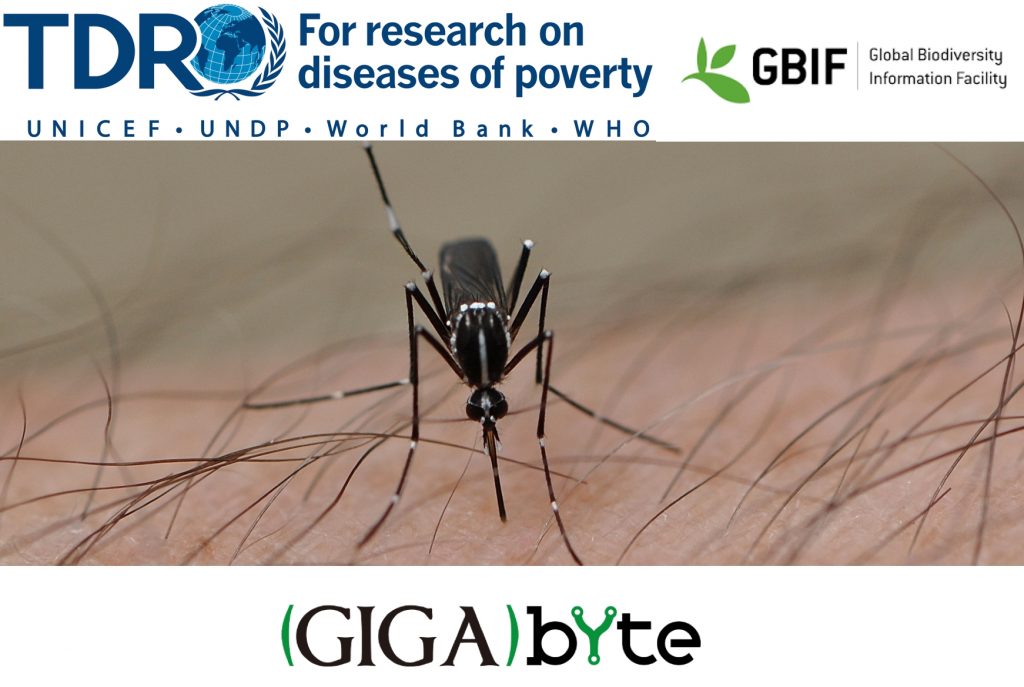
UPDATE: Deadline extended until 30 March 2022 or until maximum of 15 accepted manuscripts is reached—only a few slots remain! GigaScience Press partnering with GBIF are supported by TDR, the Special Programme for Research and Training in Tropical Diseases, hosted at the World Health Organization, to release a special issue for publication of new datasets presenting biodiversity data for research on vectors of human diseases.
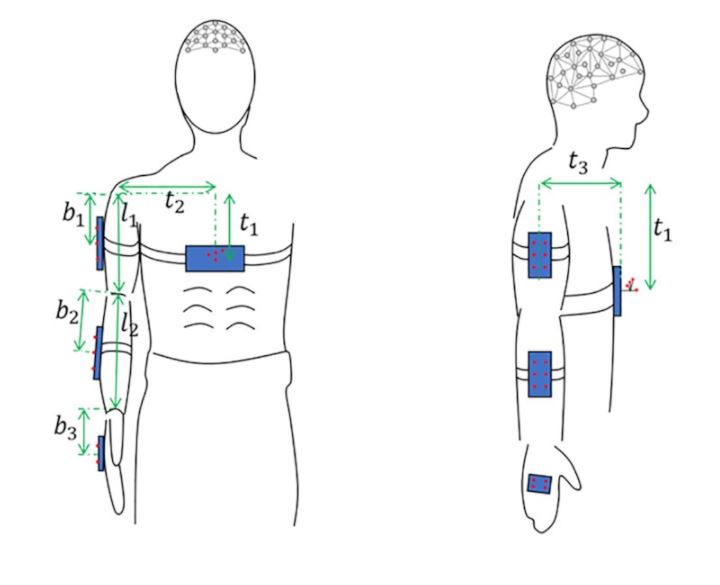
A new “multi-modal” data set on arm motion control, published recently in GigaScience , is an important contribution to develop robotic prosthetic devices and other tools at the interface between human and machine. Robotic arms and other devices that support limb movements are getting ever more sophisticated.
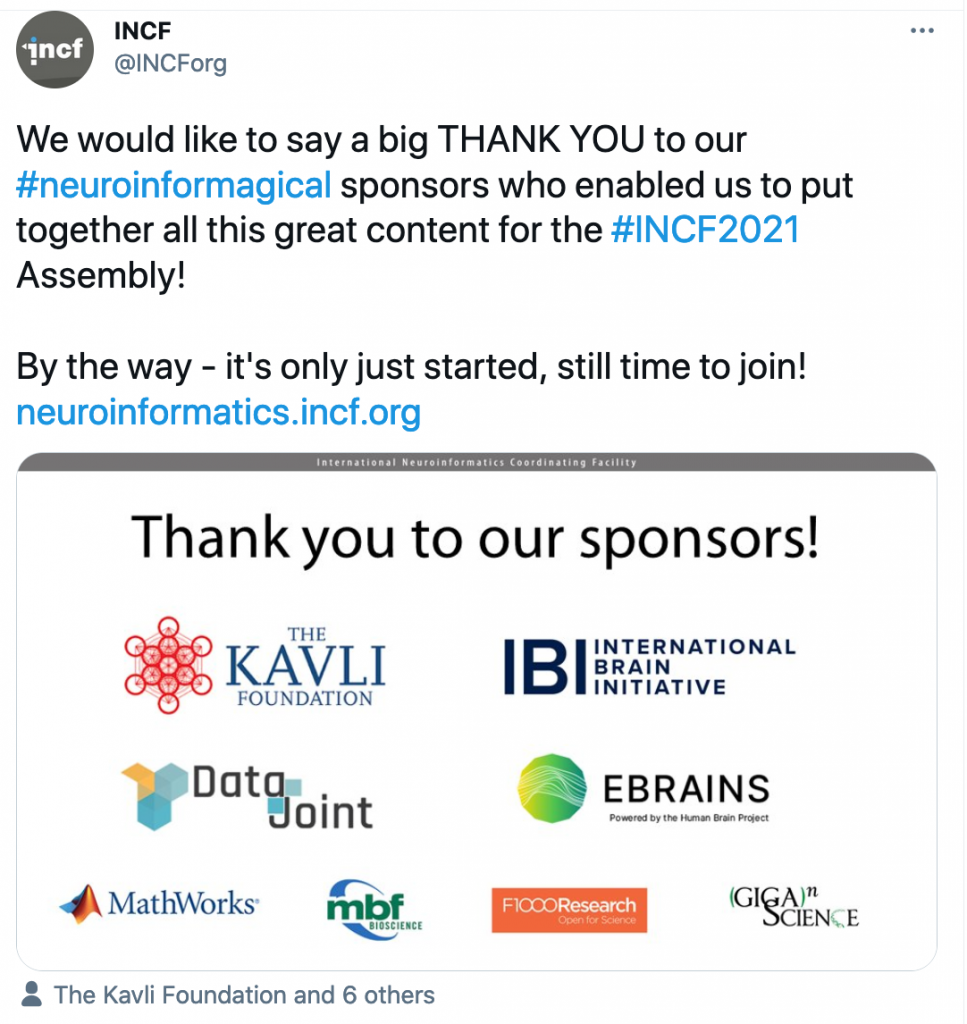
The International Neuroinformatics Coordinating Facility (INCF) hosted their Neuroinformatics Assembly on 19 th -23 rd April 2021. This conference aims to highlight open innovation in neuroscience, and additionally to showcase recently developed software tools and data infrastructures.